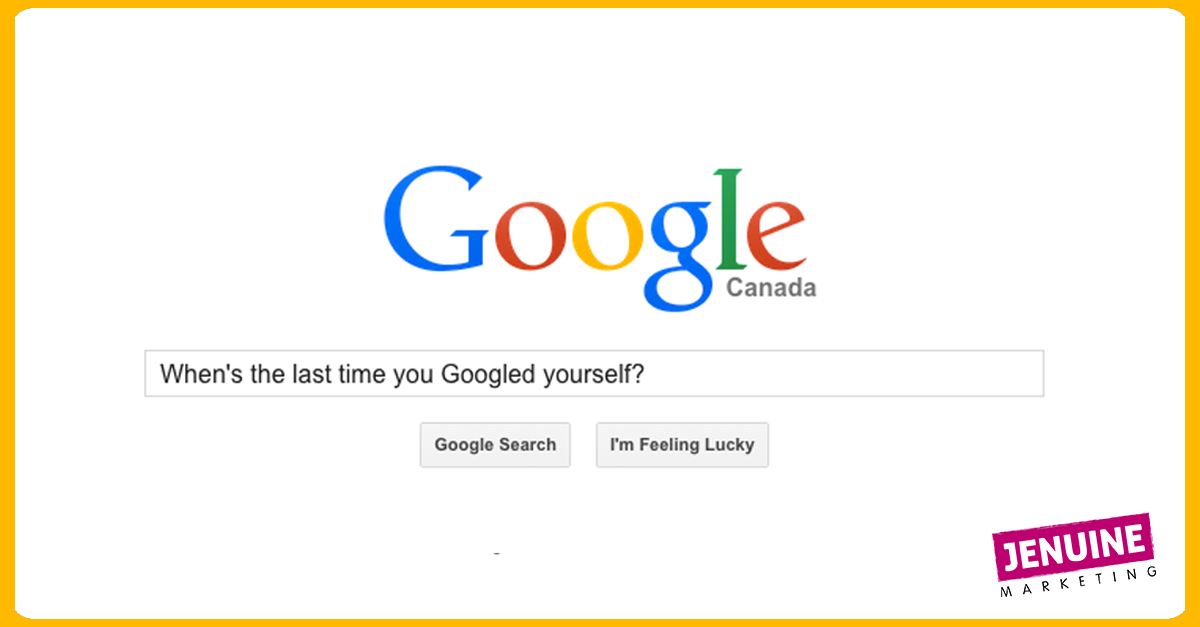Who has control over your website?
I’ve come across this scenario many times with clients:
You have a website for your business and you haven’t made many changes over the past few months/years. Now you’re ready to make some updates and upgrades, so you contact your “web person” and wait for their response. And wait. And wait. And wait some more. And then you realise that you’ve got a problem. So you try to log in to the backend of your website and realise, “hey, I don’t know how to make any changes myself”. So then you and I chat for a while and I do some sleuthing (yes, I also moonlight as a website detective!) and we discover that you actually have very little control over your site.
So what do you do now?
[Please note: there are many top-notch web designers out there who will host your website, make all of the changes that you require, and respond to your calls and emails in a timely manner. This post is not directed at them!]
There are a few different scenarios here.
First scenario: you own your domain name (you pay a company such as GoDaddy for your web address, such as www.yourcompany.com) and also pay a hosting company yourself (such as HostGator) but you can’t get into the backend of your website and your web designer is unresponsive. In this case, you can change the passwords for your domain and host, and also do a password reset for your website, so that you can make future changes. Pain level: minor.
Second scenario: you own your domain name but you pay your web designer to host the site for you. In this situation, I would recommend doing everything you can to contact the designer. If you really can’t get hold of them, you can always sign up for hosting with another company, point your domain name to the new host, and rebuild your website from scratch. Pain level: major.
Third scenario: you only pay bills to the web designer. They have full control over your domain name, hosting, and website. This is a worst-case-scenario. You have absolutely no control here. In this case, you really need to do everything in your power to contact your web designer. You may also need to get a lawyer involved (please note: I cannot provide any legal advice). Pain level: acute.
Just starting your website? Make sure you access your inner control freak while making decisions. At the very least, make sure you have control over your domain name. Also recommended: pay a hosting company to host your website (not the web designer); make sure you are an administrator for all Google accounts (email, admin console, Google business) and all social media networks.
Already in the thick of things? Evaluate the relationship you have with the person who does your work and decide if having control over your accounts is worth rocking the boat.
[divider_advanced color=”#BC0070″ paddingTop=”6″ paddingBottom=”16″ thickness=”1″ width=”100%”]
 Need help with your website? Please fill out the form on my “Contact” page and we can get started on harnessing your inner control freak 🙂
Need help with your website? Please fill out the form on my “Contact” page and we can get started on harnessing your inner control freak 🙂
~ Jen Hames-Beliveau
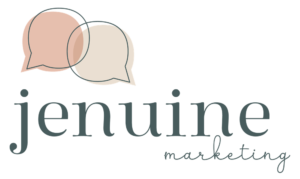
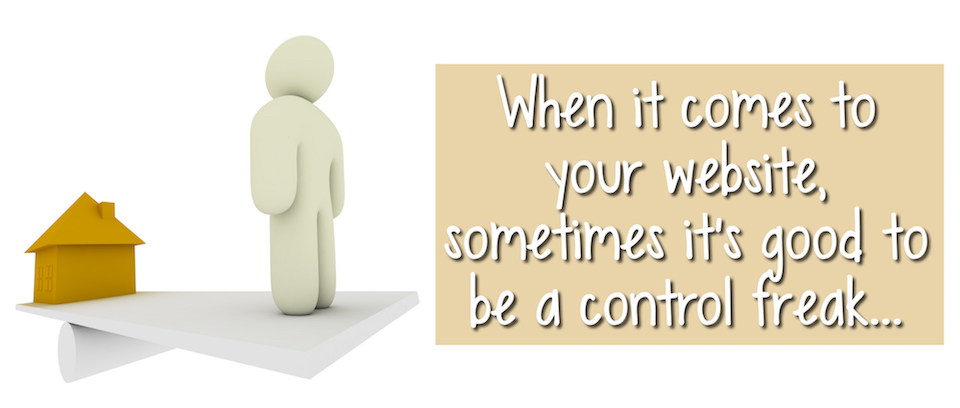
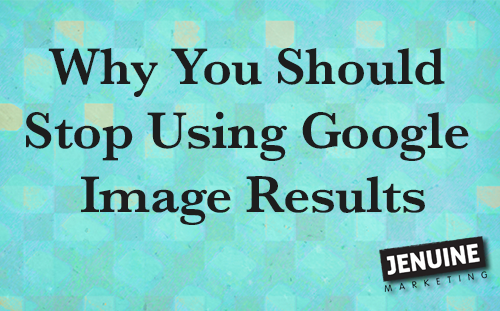
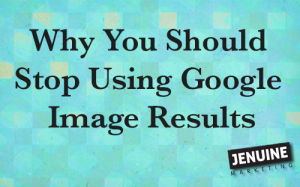
 3.
3. 
